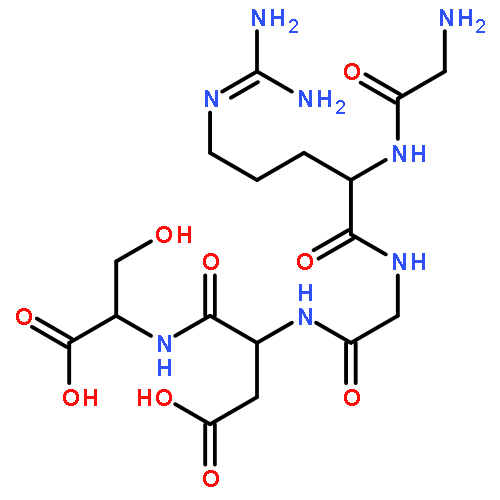Co-reporter: Yanrui Ma, Gina M. Policastro, Qiyao Li, Jukuan Zheng, Robin Jacquet, William J. Landis, and Matthew L. Becker
pp:
Publication Date(Web):March 9, 2016
DOI: 10.1021/acs.biomac.6b00088
Self-assembled monolayer substrates containing tethered orthogonal concentration profiles of GRGDS (glycine/arginine/glycine/aspartic acid/serine) and BMP-2 (bone morphogenetic protein) peptides are shown to accelerate or decelerate, depending on the concentrations, the proliferation and osteoblastic differentiation of human mesenchymal stem cell (hMSC) populations in vitro without the use of osteogenic additives in culture medium. Concurrently, the single peptide gradient controls (GRGDS or BMP-2 only) induce significantly different proliferation and differentiation behavior from the orthogonal substrates. Bone sialoprotein (BSP) and Runt-related transcription factor 2 (Runx2) PCR data acquired from hMSC populations isolated by laser capture microdissection correspond spatially and temporally to protein marker data obtained from immunofluorescent imaging tracking of the differentiation process. Although genomic and protein data at high concentrations area GRGDS (71–83 pmol/cm2):BMP-2 (25 pmol/cm2) reveal an implicit acceleration on the hMSC differentiation timeline relative to the individual peptide concentrations, most of the GRGDS and BMP-2 combinations displayed significant antagonistic behavior during the hMSC differentiation. These data highlight the utility of the orthogonal gradient approach to aid in identifying optimal concentration ranges of translationally relevant peptides and growth factors for targeting cell lineage commitment.
